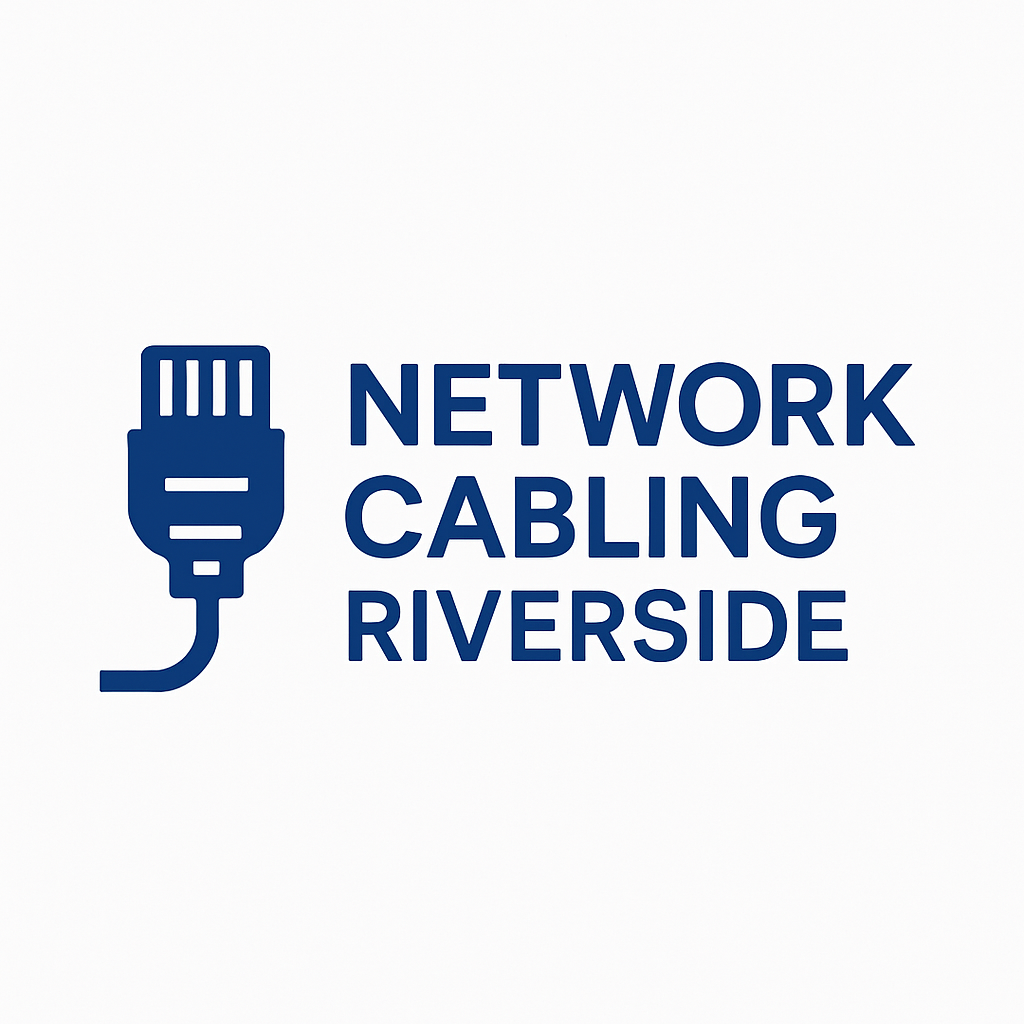Retail Store Network Wiring in Riverside, CA: A Complete Guide
Setting up a reliable network in a retail store is crucial for ensuring smooth operations, efficient transactions, and excellent customer service. For businesses in Riverside, CA, understanding the fundamentals of retail store network wiring can help prevent downtime, enhance security, and support modern technology applications. This guide explores the essentials of network wiring, best practices, and how proper planning benefits retail operations.
What Is Retail Store Network Wiring?
Retail store network wiring refers to the structured cabling system that connects devices such as point-of-sale (POS) terminals, security cameras, computers, and Wi-Fi access points. A well-designed network ensures fast and reliable communication between devices and the internet. Network wiring in retail stores typically includes:
- Ethernet cables connecting workstations and POS systems
- Fiber optic cables for high-speed backbone connections
- Patch panels and switches to manage connections efficiently
- Power over Ethernet (PoE) for devices like cameras and access points
Why Proper Network Wiring Matters in Retail
A properly wired network is essential for retail operations for several reasons:
- Reliability: Reduces downtime and ensures that payment systems and inventory management systems remain operational.
- Security: Enables secure data transmission and protects customer information.
- Scalability: Supports future expansions and integration of new technologies.
- Performance: Provides consistent internet speeds and reduces latency for connected devices.
Key Considerations for Retail Network Wiring
When planning network wiring for a retail store in Riverside, CA, it is important to address the following considerations:
1. Layout and Design
Designing a network begins with a detailed layout of the store. The location of POS terminals, back-office systems, Wi-Fi access points, and security cameras should be mapped out. Proper planning ensures that cable runs are efficient, hidden where necessary, and future-proof.
2. Cable Type Selection
Choosing the right cables is critical. Category 6 or 6A Ethernet cables are commonly used for high-speed connectivity. Fiber optic cables may be needed for larger stores or those requiring higher bandwidth.
3. Network Equipment
Switches, routers, and patch panels must be selected based on the store’s size and expected network load. Using high-quality equipment helps prevent bottlenecks and improves reliability.
4. Safety and Compliance
Network wiring should comply with local safety standards. This includes fire-resistant cables and proper grounding to prevent electrical hazards.
5. Testing and Maintenance
After installation, testing ensures that all connections function properly. Regular maintenance helps identify and fix issues before they disrupt operations.
Benefits of Professional Network Wiring
Hiring experienced professionals for retail network wiring offers several advantages:
- Expert installation ensures optimal performance.
- Reduces the risk of network failure.
- Provides advice on future upgrades.
- Ensures compliance with safety standards.
Emerging Trends in Retail Network Wiring
Retail stores in Riverside, CA, are increasingly adopting technologies that require advanced networking solutions. Some trends include:
- Integration of cloud-based POS and inventory systems
- Expansion of wireless networks to support mobile payment systems
- Deployment of smart cameras and sensors for security and customer analytics
- Use of automation and IoT devices to improve store efficiency
Conclusion
Retail store network wiring is a foundational aspect of modern business operations. Proper planning, quality materials, and professional installation ensure reliability, security, and scalability. Businesses in Riverside, CA, can benefit greatly from understanding network wiring principles and keeping their systems updated to meet the demands of technology-driven retail environments.
